Although it is entirely possible to travel the circuit by train and bus, it is best done by car – you can hire one in Moscow, where most international rental companies are represented. Since the main hassle you are going to encounter is the mind-boggling traffic jams on the Moscow exit roads, make sure you start early and avoid the weekends, when half of the city departs for the dachas (country houses).
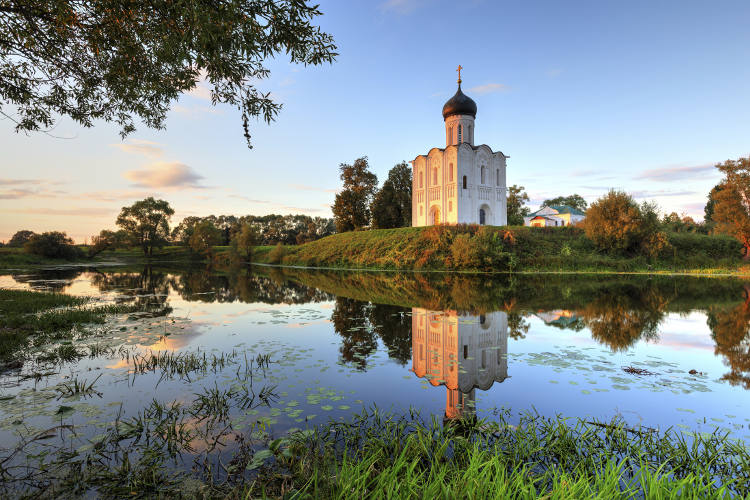
For no particular reason, we prefer to do the route in anti-clockwise direction, which means setting off on M7 for Vladimir (187km). A medieval capital, Vladimir was the seat of power before the rise of Moscow, but now it takes only a couple of hours to explore. If you are lucky, you may get to watch an Orthodox service in the ancient Assumption Cathedral, the city’s main landmark. Having done that, marvel at the fine stone carving on the walls of the nearby Cathedral of St Dmitry and spend some time enjoying spectacular views of the Oka river valley, which leaves no question why Kyiv princes chose this place as the capital of the north.
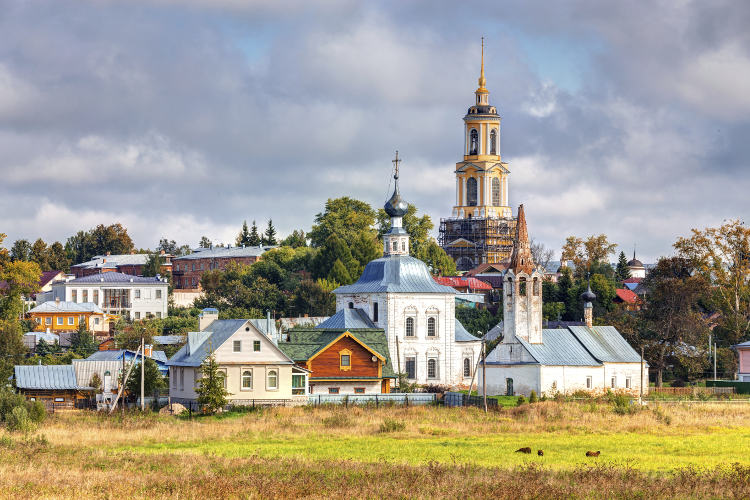
Next, head to Suzdal (36km away), which is infinitely more atmospheric as well as more advanced on the accommodation front. The jewel of the Golden Ring was largely bypassed by 20th-century modernisation – or destruction – and still feels almost rural, like an old Russian merchants’ town: its golden-domed churches mingle with quaint wooden cottages and a serene little river dreamily meanders through flower-covered meadows and green hills. You can absorb tonnes of history and culture here, but it’s a great place to simply lie down with a book or to discover the delights of the authentic Russian steam-bath experience.
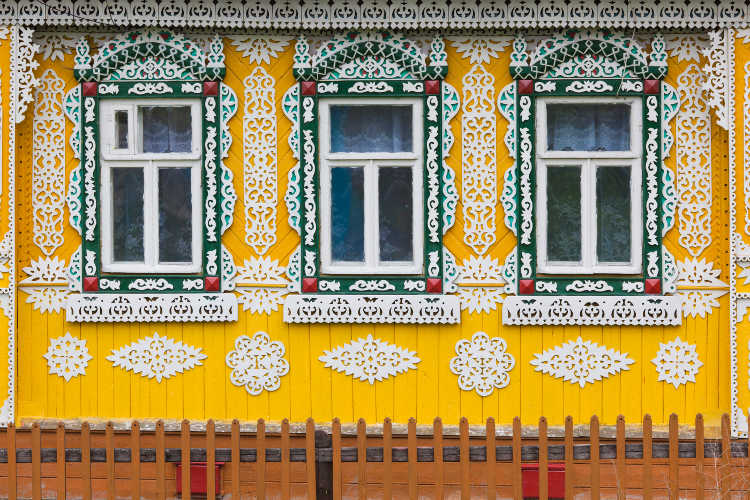
Immediately after the turnoff to Suzdal the countryside turns into a rural idyll and remains like that for the rest of the trip. Beyond Suzdal, the road cuts through fir-tree woods and birch groves, with some picturesque villages on the way. It passes through Ivanovo (79km from Suzdal), the city of many textile factories and little else to write home about, before making a sharp turn northwest at Vsevolozhsk.
Instead of turning, however, keep straight on for another 15 minutes or so and you’ll find yourself in Plyos, a town of wooden cottages dotting green hills that descend to the mighty Volga. An artists’ colony at the start of the 20th century, Plyos is immortalised in numerous paintings which you can see in major Russian museums. Appropriately, it has a museum of its own – the Levitan House Museum – and, in summer, a population of art students striving to tap into the same source of inspiration as their famous predecessors.
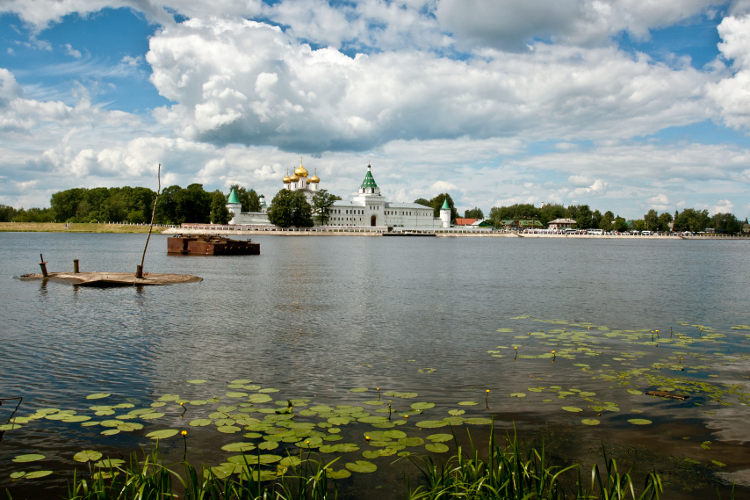
Get back on the main road and continue to Kostroma (71km from Plyos), the place where the first Romanov was petitioned to become the tsar, thus creating the dynasty that ruled Russia for 300 years. It all happened at the Monastery of St Ipaty, a mighty fortress at the confluence of the Kostroma river and the Volga. Close by is the Yablonevy Sad guesthouse, which recreates the ambience of a rural Russian home and serves great apple pancakes for breakfast.
Get your camera ready when crossing the Volga to get into the centre of Kostroma – the views are jaw-dropping. If you have a few hours to spare, try visiting Sumarokovskaya Moose Farm to sample moose milk alleged to have numerous curative properties. Alternatively, check out one of the best Russian steam-bath complexes at the Azimut hotel.
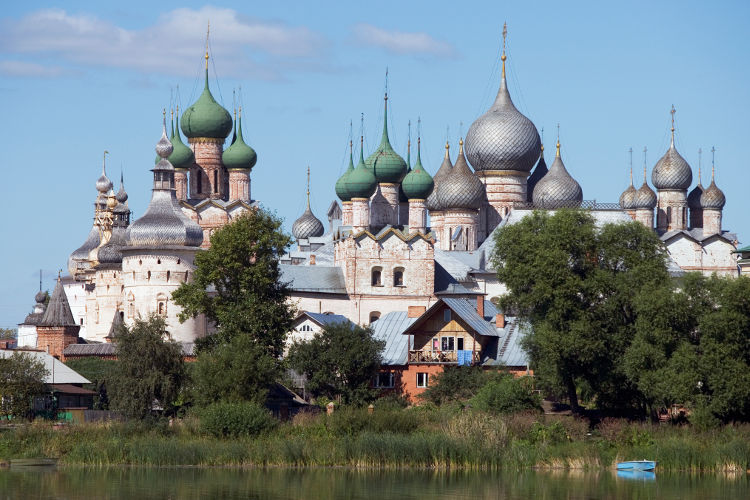
About 84km from Kostroma, the road brings you to Yaroslavl – a city as ancient as Russia itself, but way prettier than most modern Russian towns. Not only does it seem to have the largest number of onion-domed churches per square metre, but it is also home to the John the Baptist Church at Tolchkovo, which sports more domes than any other in Russia. Yaroslavl has a great riverside promenade to walk and admire the Volga as well as a few good bars for hanging out in the evening, such as Dudki Bar.
From Yaroslavl, the pleasant M8 heads to Moscow (267km), passing three historical towns on the way. Rostov-Veliky features the stunning Kremlin, its peach-pink walls amalgamating with sunsets and sunrises over the wide Lake Nero. Pereslavl-Zalessky is another lakeside town, where you can switch back into the rural mode, riding a bicycle from one of the town’s many monasteries to another.
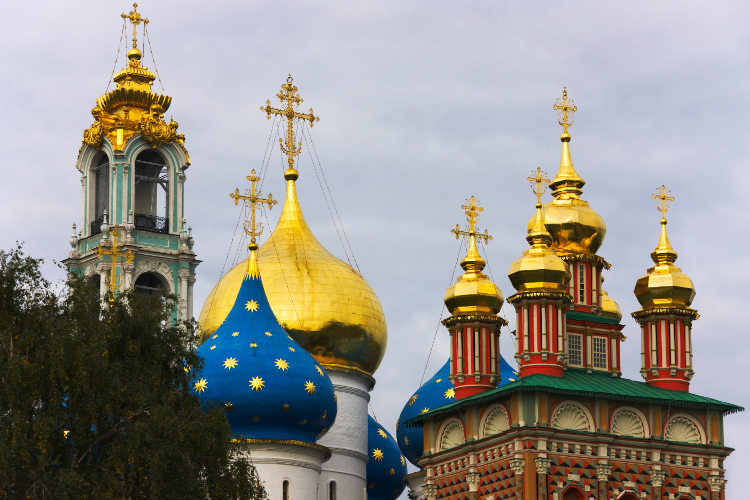
The last stop on the route is Sergiev Posad, home to the Trinity Monastery of St Sergius – Russia’s most important and most opulently decorated monastic residence. From here it is only 80km to Moscow, but make sure you don’t drive on a Sunday, when people are heading back from their dachas, as you’re guaranteed to lose many hours in traffic jams.